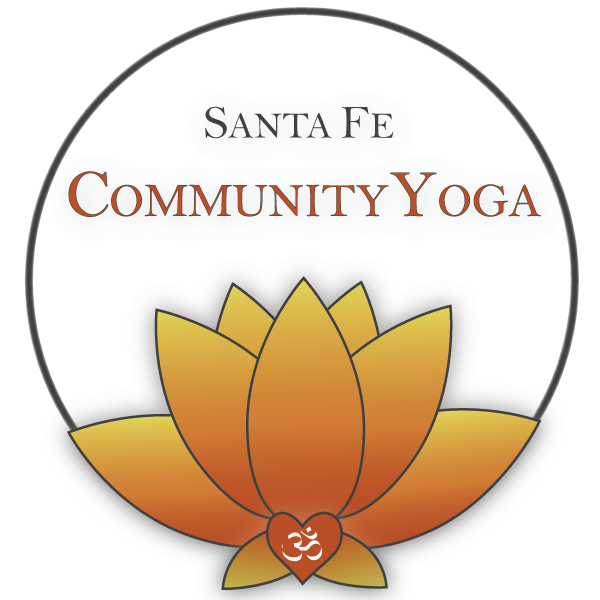Blog post by Eliza Skye
“Yesterday I was clever, so I wanted to change the world. Today I am wise, so I am changing myself.”
Self is something we all experience, yet it is difficult to define because a lot of what we believe about the self depends on how we relate to the rest of creation, or whether we believe in divine creation or not. Self is an identity that is apart from others, the filter through which we experience the world around us. Self is the first person, the “I” who has thoughts and opinions. Eastern traditions view the self as an illusion, a veil that creates the false sense of individual existence and separateness. The ego is a key aspect to the self, and when it is dissolved, one experiences total unity with all of creation. This dissolution of the ego is the impetus behind many spiritual practices, such as yoga and meditation. Other Western traditions, such as Christianity, see the self as a very personal and divine creation of God, and the self has become distorted by sin. Some traditions see a combination of the two above descriptions of self, and there are many different philosophical views of what the self actually is. However, no matter what you or I personally believe about self, it’s important to notice that there is such a thing as self-awareness. So, when this happens, who is the one observing? Once again, this will have many different answers, but I believe the questions are the important aspects of developing your own awareness and personal philosophy of your own self. As long as we keep questioning, we will continue to learn more about our self and how we relate to the other beings around us.
Tadasana (Mountain Pose)
Tadasana is seen as the basis or starting point for many other poses in a yoga asana practice, and can be overlooked as a pose in many ways. However, this asana, when practiced with mindfulness and effort, can be very powerful. Stabilizing muscles in the feet and many muscles in the legs work to keep the body actively grounding. One the body is firmly rooted, the spine can work on lengthening and settling into proper alignment. This means that the muscles all along the spine are working as your body regains its natural curves. The shoulders drop down and shoulders externally rotate to keep the chest open. All of these actions can be easily overlooked, but practice keeps the awareness in the body and in the self.
Vajra Mudra
Vajra, the thunderbolt, is very powerful for transforming ignorance into wisdom. In the physical body, the mudra is supposed to help improve circulation and pacify dizziness from poor circulation. The mudra is practiced differently depending on which hand in your body is dominant. You take the non-dominant hand and bring all the fingertips together. Then, extend the index finger. Use your dominant hand to wrap all the fingers around the extended index finger and the tip of the thumb lightly touches the tip of the index finger. There are two different interpretations of this mudra, but in both the index finger represents the self or experience of self. The fingers wrapping around can either be a cloak, hiding the true nature, or they can represent the five elements of air, water, earth, fire and ether.
Read more about self on Anjali Davidson's personal blog.



